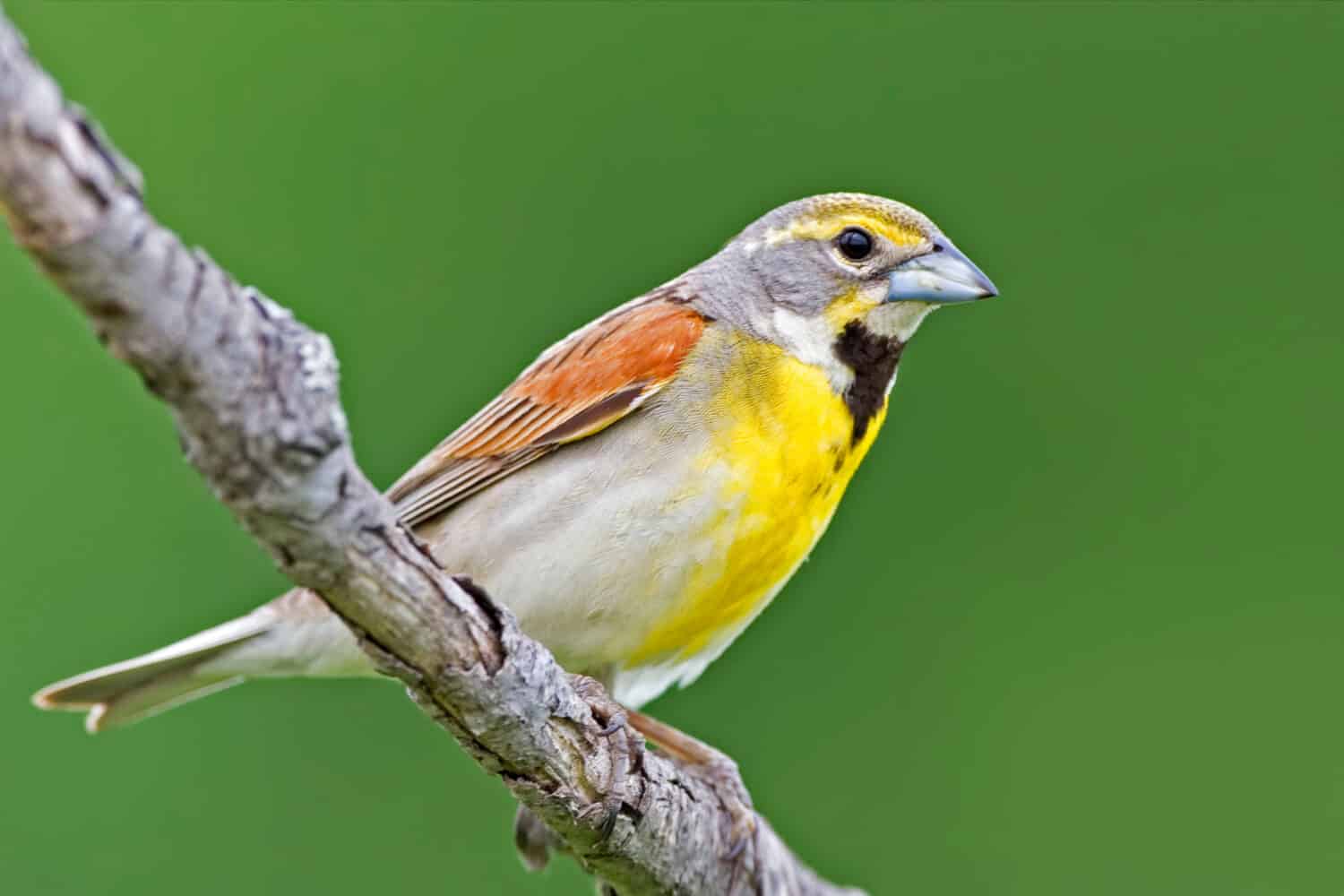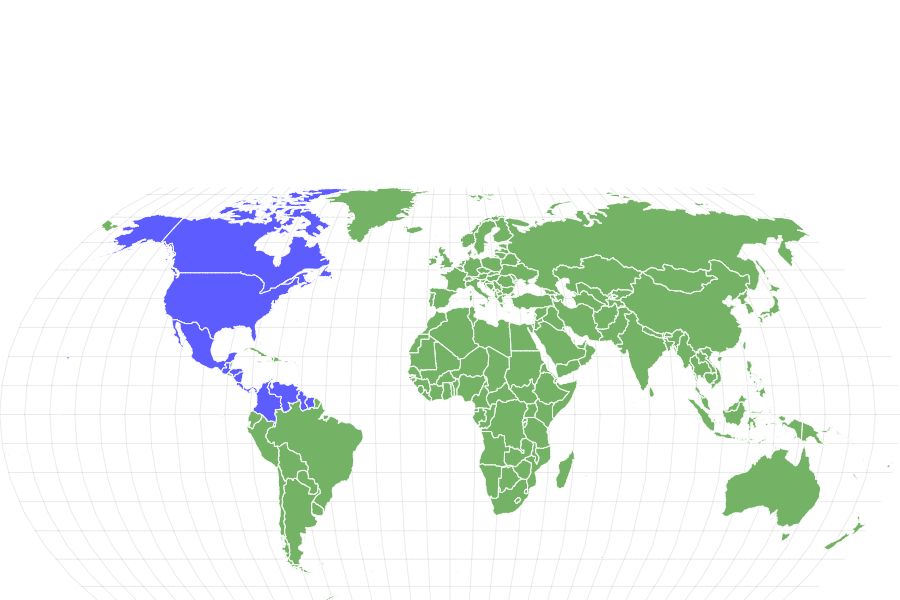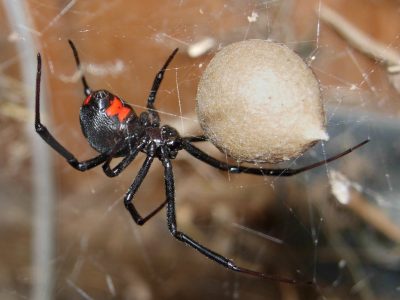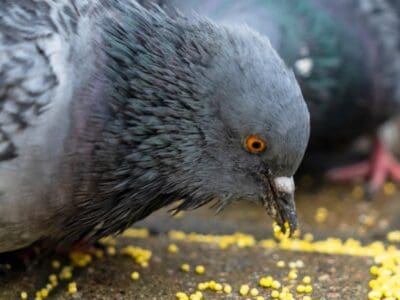Dickcissel
Spiza americana
They have a unique call that they are named for.
Advertisement
Dickcissel Scientific Classification
- Kingdom
- Animalia
- Phylum
- Chordata
- Class
- Aves
- Order
- Passeriformes
- Family
- Cardinalidae
- Genus
- Spiza
- Scientific Name
- Spiza americana
Read our Complete Guide to Classification of Animals.
Dickcissel Conservation Status
Dickcissel Facts
- Prey
- Insects, Arachnids
- Group Behavior
- Flock
- Breeding pair
- Fun Fact
- They have a unique call that they are named for.
- Estimated Population Size
- 28 million
- Biggest Threat
- Loss of habitat, illegal hunting
- Most Distinctive Feature
- Yellow eye wing
- Wingspan
- 9.8 to 10.2 inches
- Incubation Period
- 12 to 13 days
- Age Of Independence
- 10 days
- Diet
- Omnivore
- Migratory
- 1
View all of the Dickcissel images!
“The dickcissel is named for its song, which sounds like d’d’dick-ciss-ciss-ciss!”
Summary
The dickcissel is a small songbird native to the warm regions of the western hemisphere. It is a seed-eating bird that migrates with the seasons. Males and females have similar patterns on their plumage, however, the saturation of the colors may vary between the two. There are no subspecies of the dickcissel in the world. However, there was one specimen that has seemingly suffered a mutation that caused it to appear like a subspecies or even a different species.
Dickcissel Amazing Facts
- Once in their breeding territories, flocks of dickcissels can grow to include millions of birds.
- There are little to no year-round populations of the dickcissel.
- They are not monogamous; however, males will take care of all their mates by defending the territory.
Where to Find Dickcissel
The dickcissel is only found in the western hemisphere. Here, populations span from the southernmost region of central Canada into the northernmost countries of South America.
During their breeding season during the warmer months of the year, they are most common in the northern extent of their range. Dickcissels are a summer staple in the American prairie region. As breeding slows and the season changes, dickcissels settle into Mexico, Central America, and South America.
No matter what time of year it is, dickcissels require grassland habitats to thrive. However, outside of requiring grasslands, they are able to live successfully in any one of these habitats with no qualms. This means that you will be able to find them in a variety of grassland habitats, from native prairies to pastures to roadside meadows.
Dickcissel Nest
Because the dickcissel prefers to live in open grassland areas, they prefer to nest on the ground. Their nests are typically within the coverage of thick grasses or sedges. However, when woody plants or trees are available, dickcissels will take advantage of them. Here, they will build their nests 10 or more feet off the ground.
The female dickcissel is the one tasked with constructing the nest. She will build the cup of the nest out of weeds, grasses, and similar materials. The softer interior lining of the nest will be constructed from soft, fine grass or fur.
Dickcissel Scientific Name
The scientific name of the dickcissel is Spiza americana. It is formally known as the only species in the genus Spiza. This genus name was assigned to the dickcissel in 1824, replacing its previous genus of Emberiza. Spiza is an Ancient Greek word describing the chaffinch.
The dickcissel is in the class of Aves, along with all other types of birds. Its order is Passeriformes, and it is in the family of Cardinalidae.
Dickcissel Size, Appearance, and Behavior

One of the most distinguishing features of dickcissels is the line of yellow plumage above their eyes.
©Harold Stiver/Shutterstock.com
An adult will, on average, grow to be between 5.5 and 6.3 inches long with a wingspan of 9.8 to 10.2 inches. Adults weigh around 0.9 to 1.4 ounces, making the dickcissel a rather small bird.
Because of their seed diet, they have a large bill that is pale in color. One of their more notable features is the yellow line above their eye. Males are more colorful than females, with a black patch on their throats and a yellow chest. This is typically only in their breeding plumage, however. During the rest of the year, its brown, grey, and white plumage is similar to that of females and juveniles.
While flying, they make a quiet buzzing sound that is comparable to electricity. When perched, they have a sharp cry for which they’re named.
Dickcissels are ground foragers. On the ground, they’ll shuffle around looking for seeds and insects. During most of the year, they flock together in groups to feed. Because they are known to visit and forage agricultural grains, they have been considered a pest by farmers.
Migration Pattern and Timing
Dickcissels are migratory birds. They have little to no year-round populations throughout their range. During the breeding season, they can be found in the central region of the United States. When it comes time to migrate, dickcissels can be found on coastal regions, such as the east coast and along the Florida peninsula. At this time, they can also be found in southern Mexico.
Outside of breeding season and migration, dickcissels settle into the far south of their range. This includes southern Mexico, Central America, and along the northernmost countries of South America.
Dickcissel Diet
Dickcissels are omnivores. This means that they eat both plant and animal matter. Like with many species, their diet varies based on the time of year.
During their breeding season, in the warmer months, dickcissels eat both insects and seeds. However, while they are migrating, they eat almost exclusively different types of seeds. Males are able to shell seeds faster than females, allowing them to eat a higher volume at a faster rate.
What Do Dickcissels Eat?
For animal matter, dickcissels mainly eat insects and arachnids. This includes caterpillars, spiders, termites, flies, wasps, beetles, and grasshoppers. As far as plant matter goes, they will eat seeds of different plants and crops like buckwheat and rice.
Dickcissel Predators and threats
The dickcissel population is currently in decline, as it has been for several decades. One of the main reasons for this decline is the lack of habitat. As mentioned previously, these birds require grasslands to survive. However, in recent decades, it has been common to see much of the native grasslands of North America converted into agricultural farmlands.
There is also the threat of dickcissels being considered pests and threats to crops. In many areas of their breeding and nesting region, dickcissels can be considered harmful to crops. This has caused many farmers and organizations to begin spraying chemicals on areas where dickcissels nest. This results in the mass mortality of many breeding pairs and their young.
On top of human threats, dickcissels are also at risk of becoming prey for many predators.
What Eats Dickcissels?
Dickcissels have many different types of predators depending on the time of their life. During their time in the nest, snakes, badgers, and coyotes are common predators. This is especially for those pairs that choose to nest on the ground. They are also preyed on by large birds of prey.
Dickcissel Reproduction, Babies, and Lifespan
Adult dickcissels are known to be polygynous. This means that males will sometimes take more than one mate in a season. However, this isn’t the case for all males. How many mates a male is able to take depends on their territory and ability to provide for multiple mates. These factors are also important in actually attracting mates, especially more than one.
Males are extremely attentive to their mates. They are fiercely territorial, and they will protect their mates as she forages for good and chooses a spot for nesting. If the male is to take a second or even third mate, he will not do so immediately. Instead, he will wait for his first mate to begin the nesting process.
After the eggs are laid and hatched, the male parent will not engage in any parental duties or responsibilities. However, he will continue to protect the territory, ensuring the safety of his mates and offspring.
Dickcissels will lay one to two broods per breeding season. Each clutch can have anywhere from 3 to 6 eggs. Each egg is less than one inch in both width and length, and the shell is a pale blue color. It takes 12 to 13 days for the eggs to hatch. There is then a nestling period of 8 to 10 days following this.
Dickcissel Population
The dickcissel population has declined by around 14 percent. However, with a global population of around 28 million, they are still considered a species of the least concern.
View all 110 animals that start with DDickcissel FAQs (Frequently Asked Questions)
Does the dickcissel migrate?
Yes, the dickcissel is a migratory species. It breeds in the north and settles in the south during colder months.
How many eggs do dickcissels lay?
Dickcissels lay between 3 and 6 eggs per clutch, which they can have up to two of.
How fast do dickcissels fly?
Dickcissels are quick birds able to migrate hundreds to thousands of miles each year.
What is the dickcissels' wingspan?
Adults have wingspans of 9.8 to 10.2 inches.
When do young dickcissels leave the nest?
Dickcissels go through a nestling period of 8 to 10 days.
Thank you for reading! Have some feedback for us? Contact the AZ Animals editorial team.
Sources
- Page E. Klug, L. LaReesa Wolfenbarger, John P. McCarty (2010) 04/01/2023


















